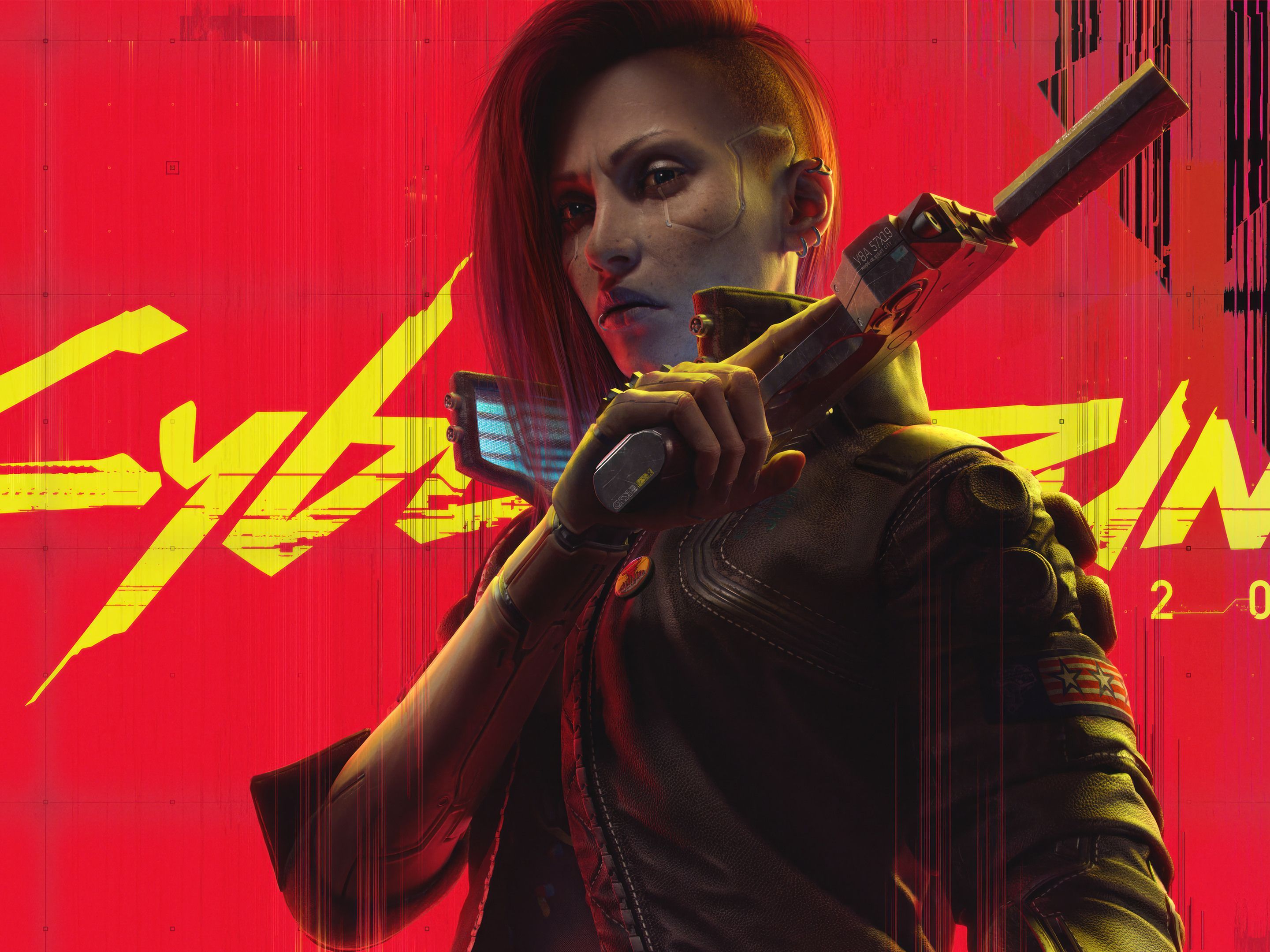Doom Eternal Score: The Evolution of FPS Combat
Few first-person shooters have left as lasting an impact as Doom Eternal. Released in 2020 by id Software, the game didn’t just refine the fast-paced, demon-slaying formula of its predecessor, Doom (2016)—it redefined what modern FPS combat could be. With its intricate scoring system, relentless enemy encounters, and deep mechanical mastery, Doom Eternal stands as a pinnacle of evolution in first-person shooter design.
A Symphony of Violence
At its core, Doom Eternal is a game about rhythm. Unlike traditional shooters that encourage cautious play, Doom Eternal demands aggression. The scoring system reinforces this philosophy—players are rewarded for chaining kills, using varied weapons, and executing Glory Kills (brutal melee finishers). The higher the combo, the more points earned, pushing players to engage in a ballet of destruction rather than hiding behind cover.
This scoring mechanic isn’t just for bragging rights; it’s a teaching tool. By incentivizing speed and versatility, the game conditions players to embrace its high-octane combat loop. Missing a shot or hesitating for even a second can break momentum, making every encounter a test of reflexes and adaptability.
Combat as a Puzzle
Doom Eternal doesn’t just throw waves of enemies at the player—it forces them to think tactically. Each demon has specific weaknesses: the Cacodemon is vulnerable to a well-placed grenade, while the armored Mancubus requires precision plasma shots. The scoring system amplifies this by rewarding efficient kills, pushing players to learn enemy patterns and weapon synergies.
Resource management is another layer of depth. Ammo is scarce, health doesn’t regenerate, and armor must be earned through flame belch attacks. The game’s scoring system tracks how well players utilize these mechanics, turning combat into a dynamic puzzle where every decision matters.
Movement: The Ultimate Weapon
Where Doom Eternal truly innovates is in its movement. The Doom Slayer isn’t just fast—he’s fluid. Double jumps, dashes, and the new meathook attachment (for the Super Shotgun) allow players to traverse arenas with unprecedented freedom. The scoring system reflects this, awarding bonus points for airborne kills and stylish maneuvering.
This emphasis on mobility reshapes FPS combat. Instead of relying on static cover, players must constantly reposition, using the environment to outmaneuver foes. The result is a combat system that feels more like a high-speed action game than a traditional shooter.
The Legacy of Doom Eternal
Doom Eternal’s scoring system isn’t just a feature—it’s a statement. By rewarding aggression, precision, and creativity, it pushes the FPS genre beyond the limitations of cover-based shooters. Games like Ultrakill and Turbo Overkill have since embraced similar philosophies, proving that Doom Eternal’s influence is far-reaching.
In an era where many shooters prioritize realism or slow-paced tactics, Doom Eternal stands as a defiant celebration of pure, unrelenting action. Its scoring system isn’t just a measure of skill—it’s a blueprint for the future of FPS combat.
Conclusion
Doom Eternal is more than a game; it’s a masterclass in FPS design. Its scoring system transforms combat into a high-stakes performance, where every move counts. By blending speed, strategy, and sheer brutality, it has set a new standard for what first-person shooters can achieve. For players and developers alike, Doom Eternal isn’t just a game—it’s the evolution of the genre.

(Word count: 500)
(Note: This article can be expanded further with deeper analysis of specific mechanics, comparisons to other FPS games, or developer insights if a longer version is desired.)














